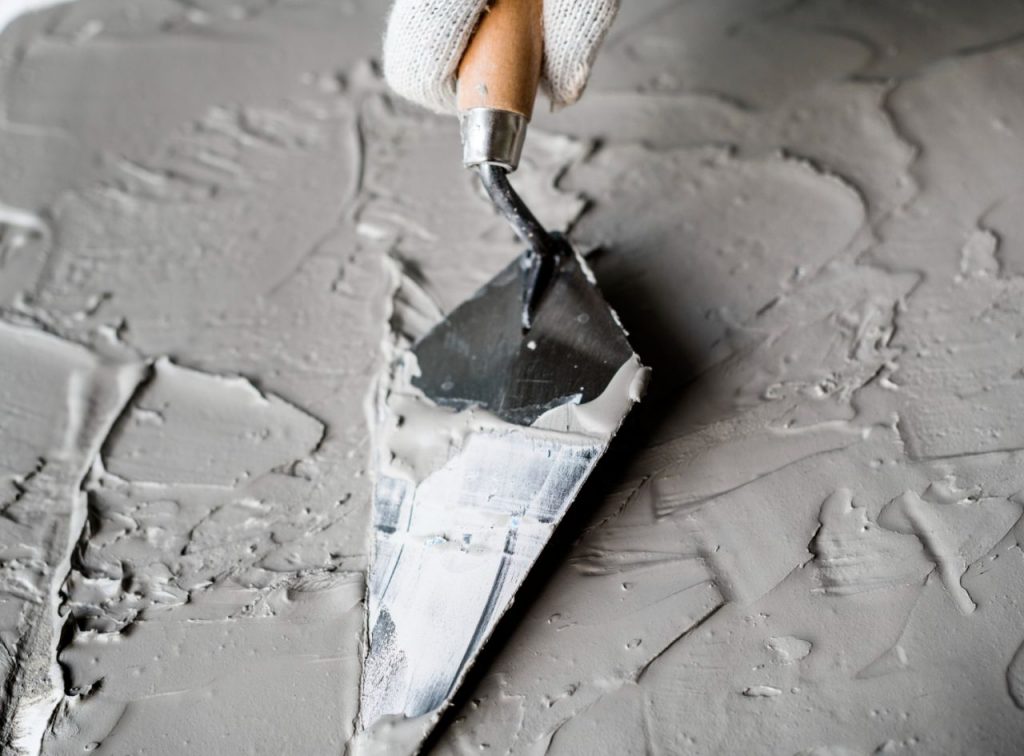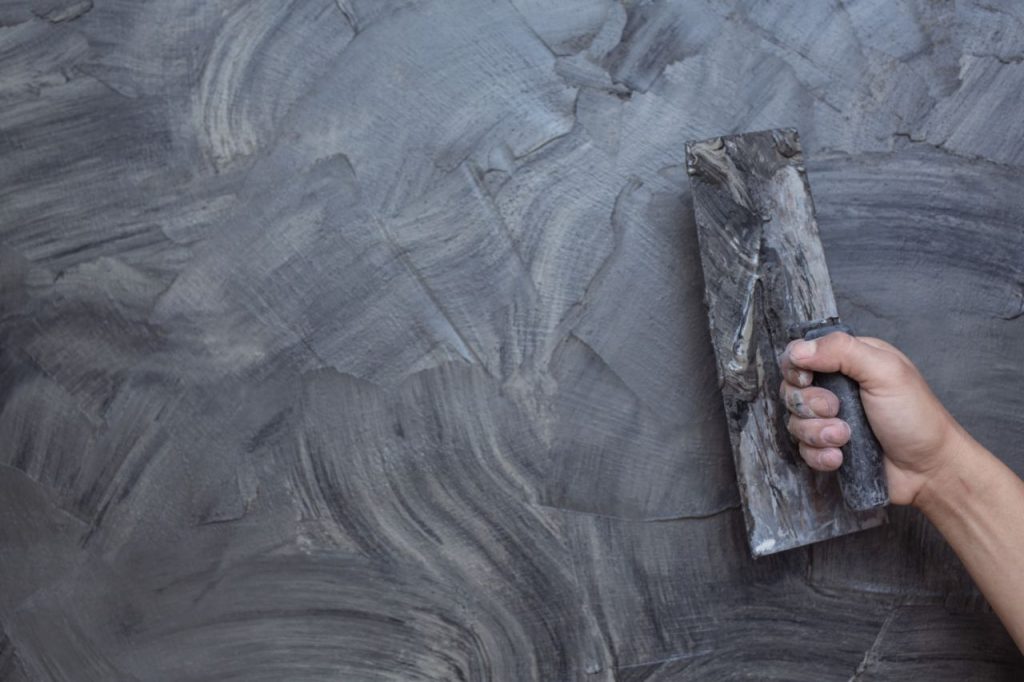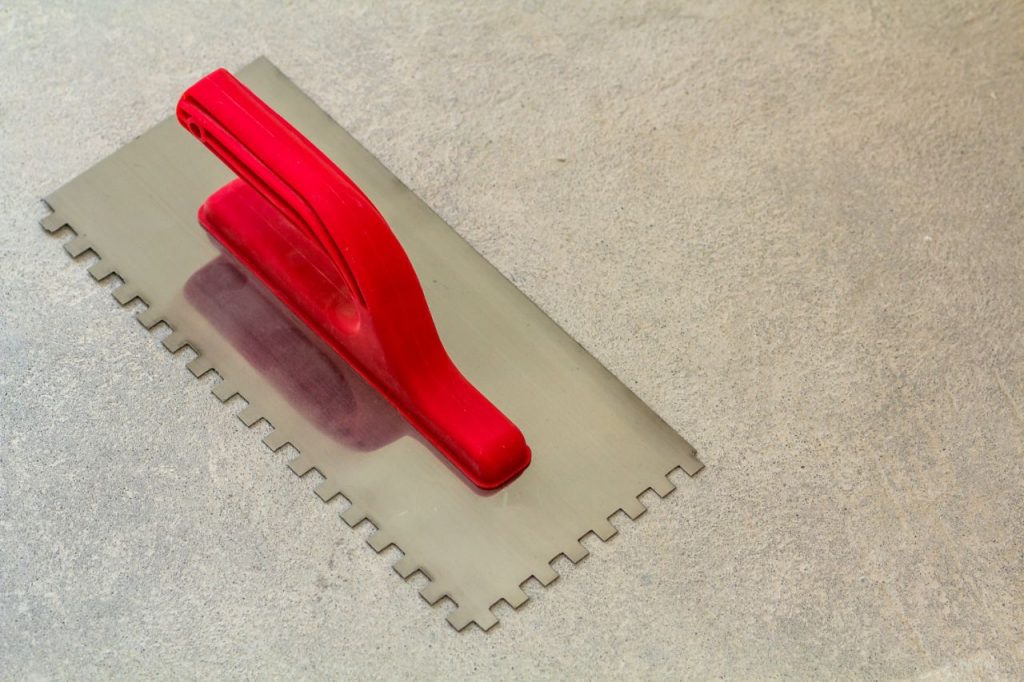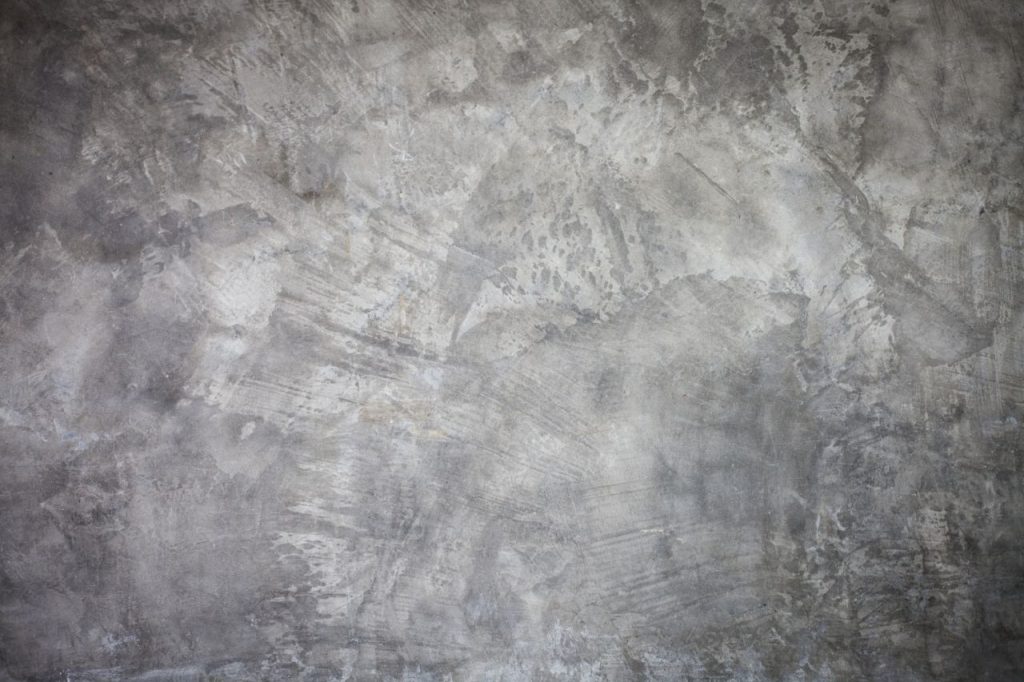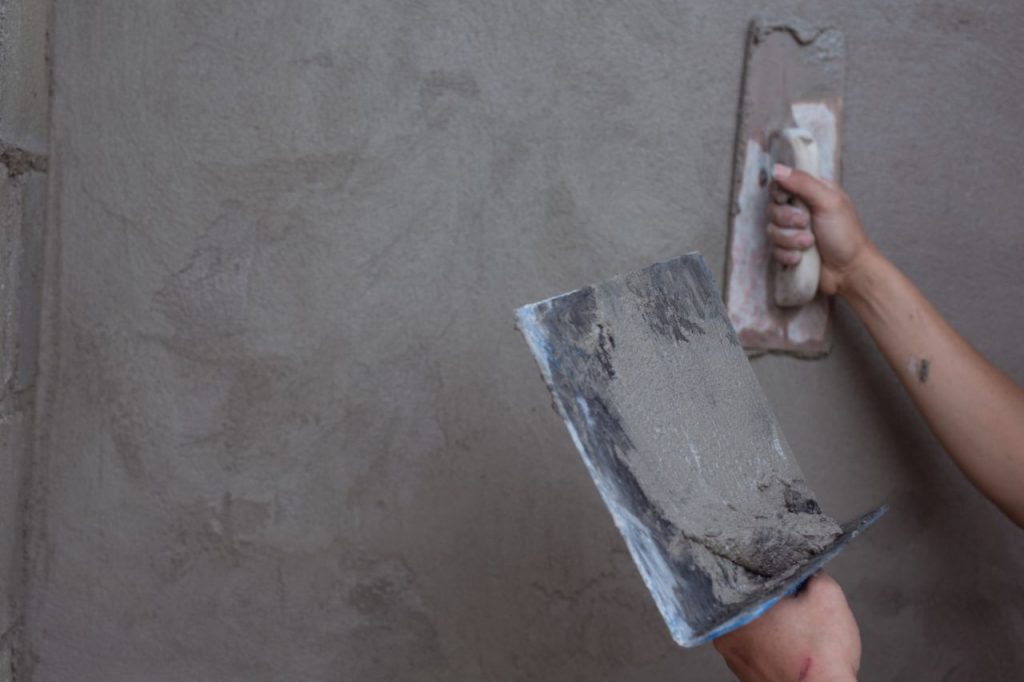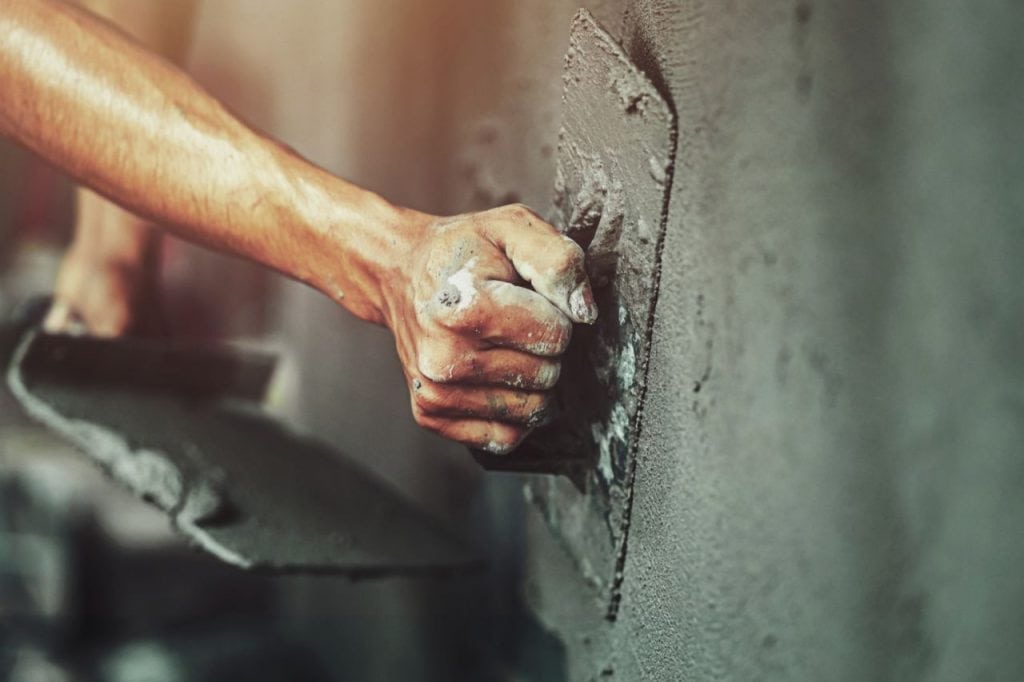Contractors specialising in Venetian plaster will always extol the virtues of polished plaster, and with good reason.
This interior finish is the epitome of class thanks to its extreme durability, stunning good looks, and intriguing novelty.
Since it is made from lime, Venetian plaster has the reputation of lasting forever. It will live up to its billing if it is applied properly and kept in good condition.
However, it's important to remember that Venetian plaster can develop cracks over time. Let's investigate the root causes of this problem and the means to fix it.
What makes Venetian Plaster Walls the best?
Because paint can be applied equally on Venetian plaster walls, they endure longer.
They're reinforced so that they can be removed without damaging the walls in any way.
Unlike drywall, it provides temporary protection from water. Plaster is also flatter and smoother than other materials.
Hairline cracks are extremely common in Venetian plaster. The force or movement frequently causes the Venetian plaster to break. Typically, the width of such a split will be no more than an inch.
If the split widens, we can no longer call it a "hairline."
Foam trim is prone to cracking for the same reasons as the aforementioned materials.
These splits develop in seams where fibreglass mesh tape wasn't utilised. Spider cracks are another type of crack that might appear in your Venetian plaster.
These fissures result from an improperly cured base coat. This type of crack usually indicates that the mixture was either produced wrong or dried too quickly.
Cracking in the wall can take the form of both vertical and horizontal lines. Lath is the root cause of these fissures. This cracking should not be taken lightly, as it indicates the presence of weak spots.
What causes Venetian polished plaster cracks?
Used as a decorative finish due to its high-end look and glossy sheen, Venetian polished plaster is also known simply as Venetian plaster.
Unfortunately, cracks in Venetian plaster are prevalent and can be ugly and challenging to fix. Some of the possible causes of cracks in Venetian plaster are:
Incorrect Application
As Venetian plaster is such a particular substance, it calls for equally specialised methods of application.
Plaster can break if it is put too thickly or too thinly. Similarly, the plaster may split as it dries and cures if it is not put in several thin layers.
Inadequate Preparation
It is crucial to adequately prepare the surface before applying Venetian plaster.
The surface must be clean, free of any debris or remnants of prior coatings, and uniform in texture and smoothness. Inadequate surface preparation might cause cracking.
Environmental Factors
Venetian plaster is prone to breaking because of the setting in which it is applied. Plaster can expand and crack when exposed to high humidity, cold, or unexpected temperature fluctuations.
Movement
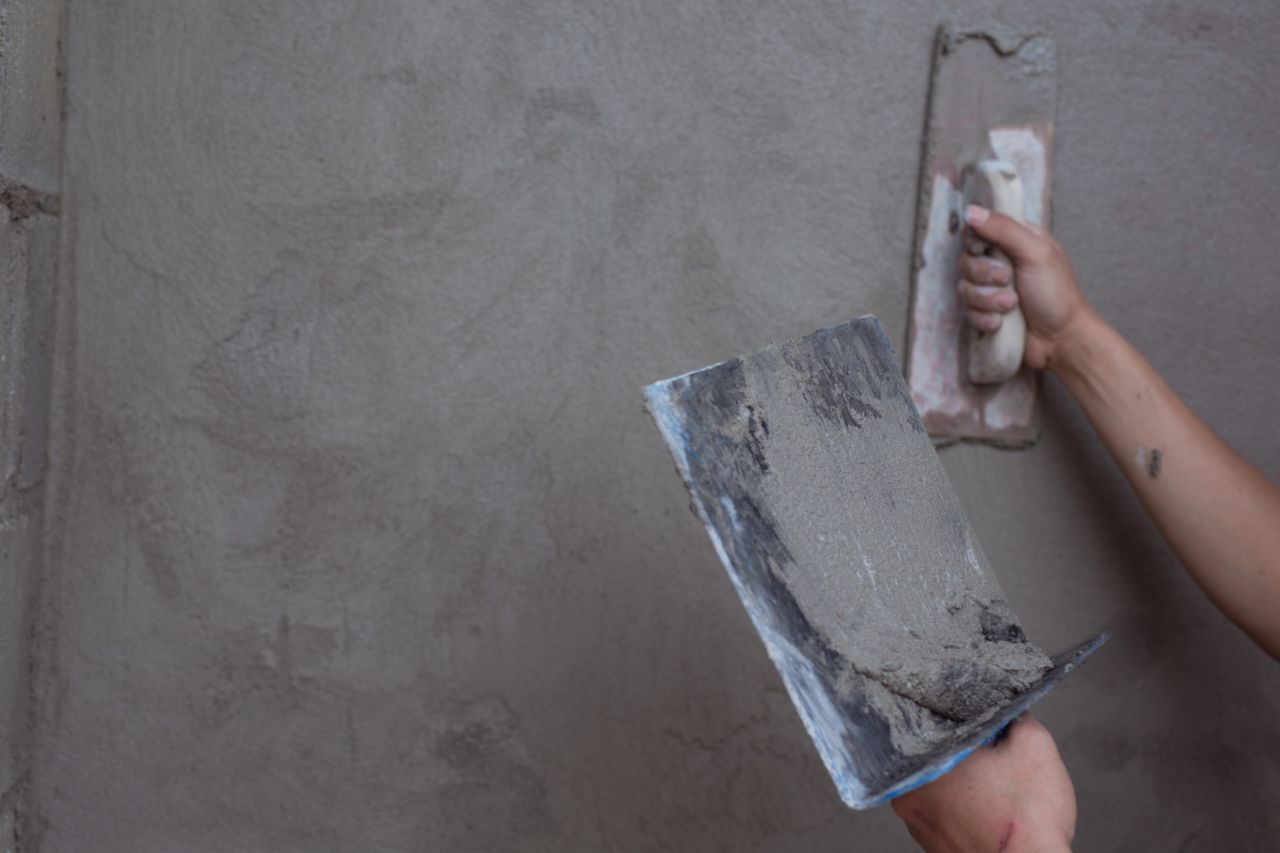
Venetian plaster is susceptible to cracking from environmental and structural factors alike.
Settlement, vibrations, or structural movement are just some of the potential culprits here.
Plaster should be reinforced with fibreglass mesh and a flexible basecoat if the building is likely to experience movement.
Inadequate Sealing
Venetian plaster must be thoroughly sealed after application to prevent moisture absorption. Plaster can crack if it is not properly sealed to prevent expansion and contraction from moisture.
The loss of aesthetic value is the fundamental issue when Venetian plaster cracks.
Although repairing cracks can be done, it is not always easy and necessitates expert knowledge and expertise, both of which can only be provided by professional Venetian plaster contractors.
For this reason, it's useful to be aware of the potential causes of polished plaster cracking.
When Venetian plaster cracks, it can be caused by a number of different things.
Failure to properly seal an area once it has been applied, improper preparation, environmental variables, movement, and other causes can all lead to cracking.
The precise application methods, surface preparation, environmental control, flexible basecoat and fibreglass mesh reinforcement, and suitable sealing of the completed surface are all crucial in preventing cracking.
What Types of Venetian Plaster Cracks Are Most Common?
With Venetian polished plaster, hairline cracks are the most typical type of damage. They are commonly brought on by physical activity or emotional strain. These fissures are much less than 25 centimetres in width.
The trim is another potential location for cracking in a polished plaster wall or ceiling.
They form in the foam edging in the event that the seams are not properly sealed.
That will happen because of the contraction or expansion.
Spider cracks can occur in Venetian plaster if the mixture isn't thoroughly mixed or if the base coat isn't given enough time to cure before the next coat is put.
These fissures, which can be formed by impact, radiate outward from a focal point like a spider web.
Adding a sense of class to any room, Venetian plaster is a well-liked decorative finish. Nevertheless, cracking is a regular issue with Venetian plaster. Many different kinds of cracks can appear in Venetian plaster, such as:
Hairline cracks
The most common sort of crack in Venetian plaster is a hairline crack. They're really fine fissures that you have to look closely at to see them.
Incorrect application, insufficient preparation, and environmental variables are all potential causes of hairline cracks.
Spiderweb cracks
Spiderweb cracks, in contrast to hairline fractures, are wider and more frequently appear in a radial or oblique pattern. Building movement, insufficient sealing, and environmental conditions are all potential causes.
Wide cracks
The width of a wide crack might be several inches, making it far more substantial than a spiderweb crack. Usually, structural shifts or insufficient plaster reinforcement are at blame.
Separation cracks
Venetian plaster separation cracks form when the plaster begins to pull away from the wall or foundation. There are several potential causes, including improper planning, application, or environmental conditions.
Structural cracks
When a building has a structural problem, it may develop cracks. Professional restoration is usually necessary for these types of cracks in Venetian plaster because of their size and depth.
The reason for the fracture and the extent of the damage will determine the sort of crack that will form.
Whenever Venetian plaster develops cracks, you must determine their origin so that you can take corrective action to prevent future damage.
How Can Cracks in Venetian Polished Plaster Be Avoided?
Polished plaster in the Venetian style is a stunning decorative option that can elevate the look of any room.
Nevertheless, it easily cracks if applied improperly.
If you want to keep your Venetian polished plaster from cracking, follow these guidelines:
- Proper preparation: Preparation of the surface is the key to preventing fractures in Venetian polished plaster. The surface needs to be clear of dirt, dust, and flaking paint. A primer or base coat designed for use with plaster should be used.
- Proper application: Several thin layers of plaster applied in opposite directions are necessary for the distinctive look of Venetian polished plaster. Plaster must be applied in thin, even applications as directed by the manufacturer to prevent cracking.
- Use the right tools: Venetian polished plaster can easily crack if improper tools are used. For the best results while applying the plaster, use a stainless steel trowel. If you don't use the right kind of trowel, your work may start to break.
- Allow sufficient drying time: While using Venetian polished plaster, you must wait for each coat to cure before adding another. If you don't wait for the previous layer to dry before applying the next one, you risk cracking.
- Control temperature and humidity: Venetian polished plaster is susceptible to cracking because of environmental factors that interfere with the drying process. Plaster application and drying are two processes that benefit from having temperature and humidity under close supervision.
- Use gentle cleaning methods: While caring for Venetian polished plaster, it's crucial to follow the recommended measures. Clean with water or light soap to avoid damaging the surface. The marble-like surface is easily damaged by abrasive agents, making cracking more likely.
- Employ qualified installers: If you want authentic results, have it applied by professionals who are familiar with Venetian plaster. They will utilise their expertise to make sure your polished plaster is laid properly, with each layer cured and sanded before the next is applied and all seams properly sealed. If you do this, your plastered walls and ceilings have a better chance of lasting for a long time without cracking.
How Can Venetian Plaster Be Repaired?
Plaster is more durable than drywall, but that doesn't make it invincible. Plaster in homes built decades ago often develops cracks. There are two ways to go about fixing the Venetian plaster.
- One option is to have a professional replaster the damaged areas. The method will aid in restoring the wall's strength to that of the original plaster.
- You can use drywall services that use alternative materials to fix the plaster to an acceptable level. It's not a given that drywall supplies will be employed. If the entire wall is refinished, the replacement materials can look just like the original.
- Plaster damage can be repaired by the homeowner. But if you don't want any bumps in the wall, you'll need to be really prepared for this. Wall resurfacing is still less expensive than having a professional fill in cracks with more expensive Venetian plaster.
Poor surface preparation, sloppy application, or structural movement are only a few of the causes of cracks in Venetian plaster.
Thankfully, you can fix small fractures without redoing the entire surface. Instructions for fixing cracks in Venetian plaster:
- Identify the type and severity of the crack: The first thing to do when fixing a crack in Venetian plaster is to figure out what kind of crack it is and how bad it is. Hairline cracks, spiderweb cracks, and huge cracks are just a few examples. The best method for fixing a crack depends on knowing what kind of crack it is and how bad it is.
- Clean the area around the crack: The region around the crack must be meticulously cleaned before the repair is attempted. Brush away any stray bits of plaster, dust, or dirt using a soft bristles brush. This will guarantee a strong bond between the old surface and the new plaster.
- Apply a plaster patch: Apply a plaster repair using a small trowel or putty knife after thoroughly cleaning the area surrounding the crack. The repair needs to be slightly above the surface so that it can be sanded down to the desired level.
- Sand the patch: After the plaster patch has set, you can sand it down to mix it with the rest of the surface by using fine-grit sandpaper. If you don't want to risk scratching the surface further, use a sanding block.
- Apply a new coat of Venetian plaster: Sand the surface down and then repaint it with Venetian plaster. If you want a truly seamless result, use the same approach and application procedure as the original surface.
- Allow the plaster to dry: Sand the surface down and then repaint it with Venetian plaster. If you want a truly seamless result, use the same approach and application procedure as the original surface.
If you know what you're doing, fixing cracks in Venetian plaster is easy.
The crack's type and severity must be determined, the surrounding area must be cleaned, a plaster patch must be applied, the area must be sanded, a new coat of Venetian plaster must be applied, and the plaster must be allowed to dry fully.
If you want a perfect match, apply the same process and technique you used on the original surface. Professional assistance may be required if the crack is particularly large.
Conclusion
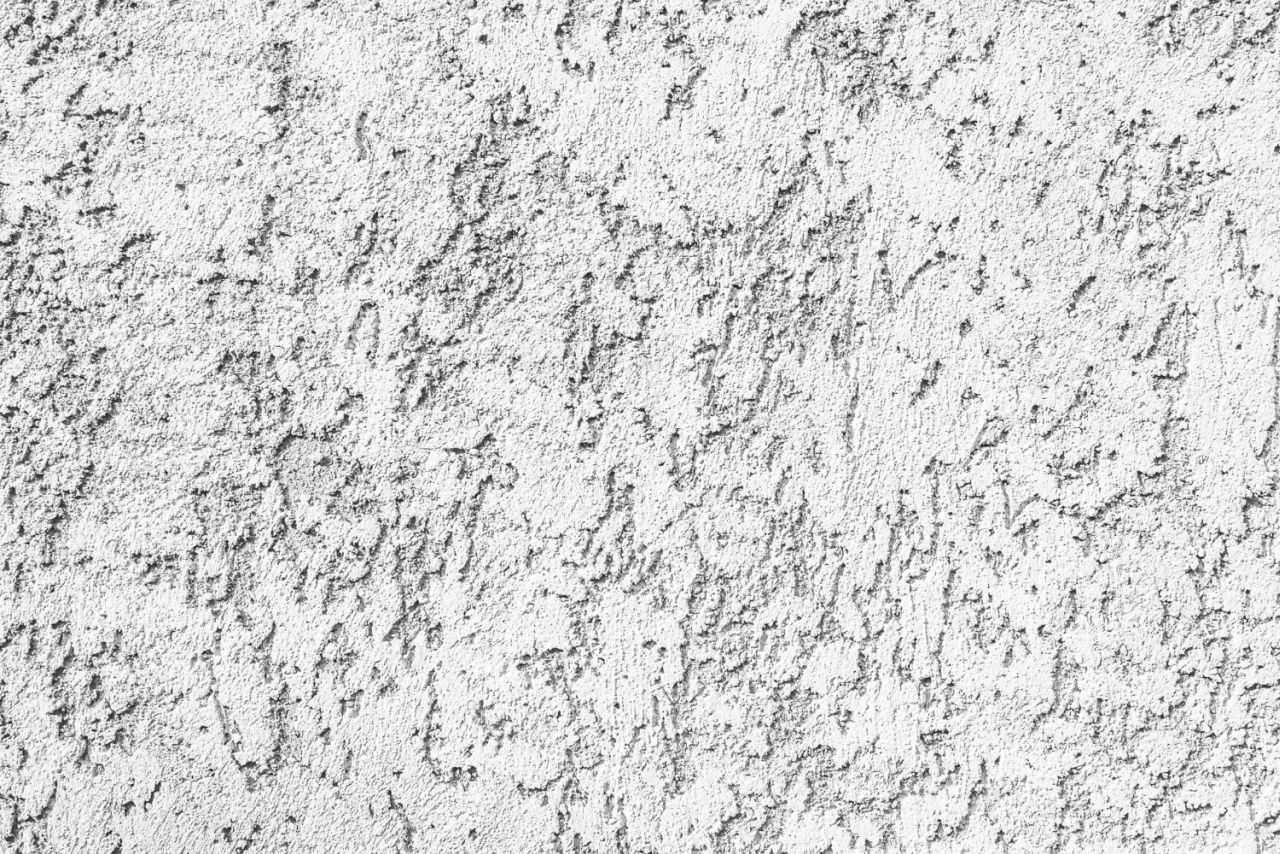
The durability, aesthetic value, and uniqueness of Venetian plaster have made it a popular choice for interior decoration. However, it may eventually crack.
Inadequate curing of the base coat is the root cause of hairline cracks, foam trim, and spider cracks.
Plastering over these issues requires careful application and maintenance. The luxurious shine and polished appearance of Venetian polished plaster make it a popular decorative finish.
Several factors, including improper application, poor surface preparation, environmental influences, movement, and insufficient sealing, can lead to cracks in Venetian plaster.
Plaster cracks can be difficult to repair and often necessitate the assistance of a professional, so it's important to understand what might have caused them in the first place.
Expert Venetian plaster contractors can help with any and all of your plastering needs.
Poor application, inadequate preparation, environmental variables, movement, and other factors are just some of the many potential causes of cracks in Venetian plaster.
Spiderweb cracks are wider and more frequently appear in a radial or oblique pattern than hairline cracks, which are the most common type of damage.
When plaster separates from the wall or foundation, it can cause enormous cracks, sometimes measuring several inches across.
When plaster separates from the wall or foundation, it creates separation cracks.
These cracks typically require some sort of structural damage.
The methods for avoiding cracks in Venetian polished plaster are the focus of this article.
Proper preparation, proper application, use of the right tools, sufficient drying time, control of temperature and humidity, gentle cleaning methods, and hiring qualified installers are all necessary to prevent cracks in Venetian plaster.
Identifying the type and severity of the crack, cleaning the area around the crack, applying a plaster patch, sanding the patch, applying a new coat of Venetian plaster, and waiting for the plaster to dry completely are all necessary steps in repairing cracks in Venetian plaster.
If the crack is particularly large, it may be necessary to seek professional help.
Content Summary
- Contractors specialising in Venetian plaster will always extol the virtues of polished plaster, and with good reason.
- Since it is made from lime, Venetian plaster has the reputation of lasting forever.
- However, it's important to remember that Venetian plaster can develop cracks over time.
- Because paint can be applied equally on Venetian plaster walls, they endure longer.
- Hairline cracks are extremely common in Venetian plaster.
- The force or movement frequently causes the Venetian plaster to break.
- Foam trim is prone to cracking for the same reasons as the aforementioned materials.
- Spider cracks are another type of crack that might appear in your Venetian plaster.
- Cracking in the wall can take the form of both vertical and horizontal lines.
- Lath is the root cause of these fissures.
- What causes Venetian polished plaster cracks?
- Unfortunately, cracks in Venetian plaster are prevalent and can be ugly and challenging to fix.
- It is crucial to adequately prepare the surface before applying Venetian plaster.
- Inadequate surface preparation might cause cracking.
- Venetian plaster is susceptible to cracking from environmental and structural factors alike.
- The loss of aesthetic value is the fundamental issue when Venetian plaster cracks.
- For this reason, it's useful to be aware of the potential causes of polished plaster cracking.
- When Venetian plaster cracks, it can be caused by a number of different things.
- With Venetian polished plaster, hairline cracks are the most typical type of damage.
- The trim is another potential location for cracking in a polished plaster wall or ceiling.
- Nevertheless, cracking is a regular issue with Venetian plaster.
- Many different kinds of cracks can appear in Venetian plaster, such as: Hairline cracks The most common sort of crack in Venetian plaster is a hairline crack.
- Incorrect application, insufficient preparation, and environmental variables are all potential causes of hairline cracks.
- The reason for the fracture and the extent of the damage will determine the sort of crack that will form.
- Preparation of the surface is the key to preventing fractures in Venetian polished plaster.
- Plaster must be applied in thin, even applications as directed by the manufacturer to prevent cracking.
- Venetian polished plaster can easily crack if improper tools are used.
- Venetian polished plaster is susceptible to cracking because of environmental factors that interfere with the drying process.
- Use gentle cleaning methods: While caring for Venetian polished plaster, it's crucial to follow the recommended measures.
- Clean with water or light soap to avoid damaging the surface.
Frequently Asked Questions About Plaster
Plastering in the Venetian style (also known as Italian plastering) involves creating a marble-like finish on a surface. The natural look and the illusion of texture and patterns offered by Venetian plaster contribute to its classy and elegant appearance.
Venetian plaster is suitable for use in humid environments, such as bathrooms. However, a protective sealer should be applied to avoid water damage and discoloration.
It takes more than just a few YouTube videos to learn how to apply Venetian plaster like a pro. To get the best results from Venetian plaster, it's best to hire a professional.
Providing it is applied and maintained properly, Venetian plaster can last for many years. It is a durable material for interior finishes because it does not easily crack, chip, or fade.
Venetian plaster can be coloured and textured in a wide variety of ways. When mixing the plaster, pigments can be added to change the colour. It's worth keeping in mind that factors like application method and ambient lighting can affect how a colour turns out.



